Innovation is about connecting people and knowledge creating advancement
– by guest blogger Patrick Halek –
From knowledge to innovation
Yesterday, the knowledge-society was declared vital for our future. Today, it has been part of our lives for the longest time. We have been facing a boost of generating knowledge for quite a period of time – and odds are we will still see it speeding up. But: facing such development, there are two essential aspects to it:
- Generating knowledge is not about speed
- Knowledge has no value without the ability to create advancement and innovation – catering to both societal benefit and competitive advantage.
Be it information technology, medical research or any other field: we are facing an enormous amount of knowledge. That is the reason why creating innovation based on generating state-of-the-art knowledge cannot be handled by a few persons, one unit or even one organisation alone anymore. The amount of knowledge is simply too massive. Therefore, successful advancement and innovation can only be based on connecting to each other.
Thus, innovation is not about technology in the first place. It is about connecting people and knowledge aiming at creating advancement.
Free floating
The more knowledge we have access to the harder it is to grasp the context, since many of us are buried in details more and more. Only those who are able to understand the context will understand the specific value of each detail, though. Without such value knowledge is unable to create advancement and innovation – which means: no societal benefit and no competitive advantage. Therefore, connecting people and knowledge means creating value – which is both a social as well as an organisational challenge.
To put it this way: knowledge can be viewed as pieces in a state of “free floating” – waiting for a place to dock and being put together to create something “useful”. Keeping in mind that generating knowledge is an ongoing development create a wide range of various options changing quickly.
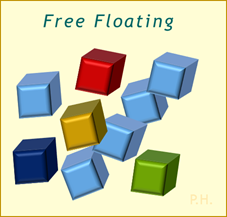
Creating
To be clear: knowledge never rests. Knowledge has to be floating freely to a certain extent in order to keep developing. The crucial step is to be taken when knowledge is opening the path towards advancement and innovation – the step from free floating to creating. It is the arrangement of pieces in a smart and distinct way – always being subject to change.
That is why it seems very hard for some organisations to create innovation based on advanced knowledge. In fact, especially “established” organisations face difficulties when dealing with creating innovation. Creating something new always needs an “out-of-the-box” attitude connecting different people, approaches and points of view – quite a challenge for some established organisational cultures. In many cases, the main reasons for having such difficulties are:
- Innovation is no recognised number-one aspect for organisational success
- The organisational culture is based on “holding back” rather than on “sharing“
- People connecting to each other are viewed risky to their own position
- Existing structures and processes don’t support an “out-of-the-box” attitude
Connecting different people and approaches reveal different perspectives. Due to the enormous amount of knowledge, only one perspective would not cover all dimensions and could not disclose the relevant context. The result would be: knowledge still floating freely without docking, connecting and entering the stage of creating innovation.
That is why creating innovation needs a connecting spirit carried by well-defined cooperative thinking and acting. This way, freely floating knowledge has the potential to dock, connect – and enter a state of creating.
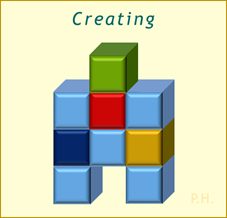
Shaping a framework
Talking to responsibles in organisations, one will find almost no one telling there is no need for cooperation. But besides will and commitment, the question is: How to do it?
Creating advancement and innovation based on cooperation is not about how to be nice to each other or how to involve as many people as possible giving as much input as possible. The essence lies somewhere else.
Innovation based on cooperative thinking and acting takes a couple of well-defined aspects, rules, structures and processes in order to lure the full potential. And, most important, it takes both a clear vision and a culture defining cooperation a crucial asset offering room for free and fruitful exchange without restrictions. Innovation is an act of balance between hard and soft aspects.
Some cooperative approaches break down every single bit of cooperative thinking and acting to rules, restrictions, do’s and don’ts. They mostly fail for 2 reasons:
- They tend to block a dynamic flow. Why? Because generating knowledge and creating advancement does not proceed on a linear and static step-by-step basis. It is carried by a dynamic flow in need of changing perspectives, issues and speed on a lateral basis.
- They tend to ignore both individual soft skills and knowledge. Why? Because soft facts are crucial when it comes to connecting people and knowledge. Rigid restrictions tend to block both soft skills and knowledge ending up in a significant lack of vitality.
Therefore, innovation carried by well-defined cooperation needs to shape a framework having a strong backbone. Maybe these aspects might come handy for such framework:
- Have a clear vision
- Define a backbone carried by both rules and room for free, open flow
- Connect people, knowledge and skills accordingly
- Know and mind your values and identity (brand)
- Know and mind your true core competences
Following these aspects, such framework offers parameters subject to individual needs, situations and tasks. Through keeping the balance between clear rules on the one hand and free room on the other, freely floating knowledge is able to dock, connect and create advancement and innovation. This way, it only takes 3 more things: will, endurance and consistency.


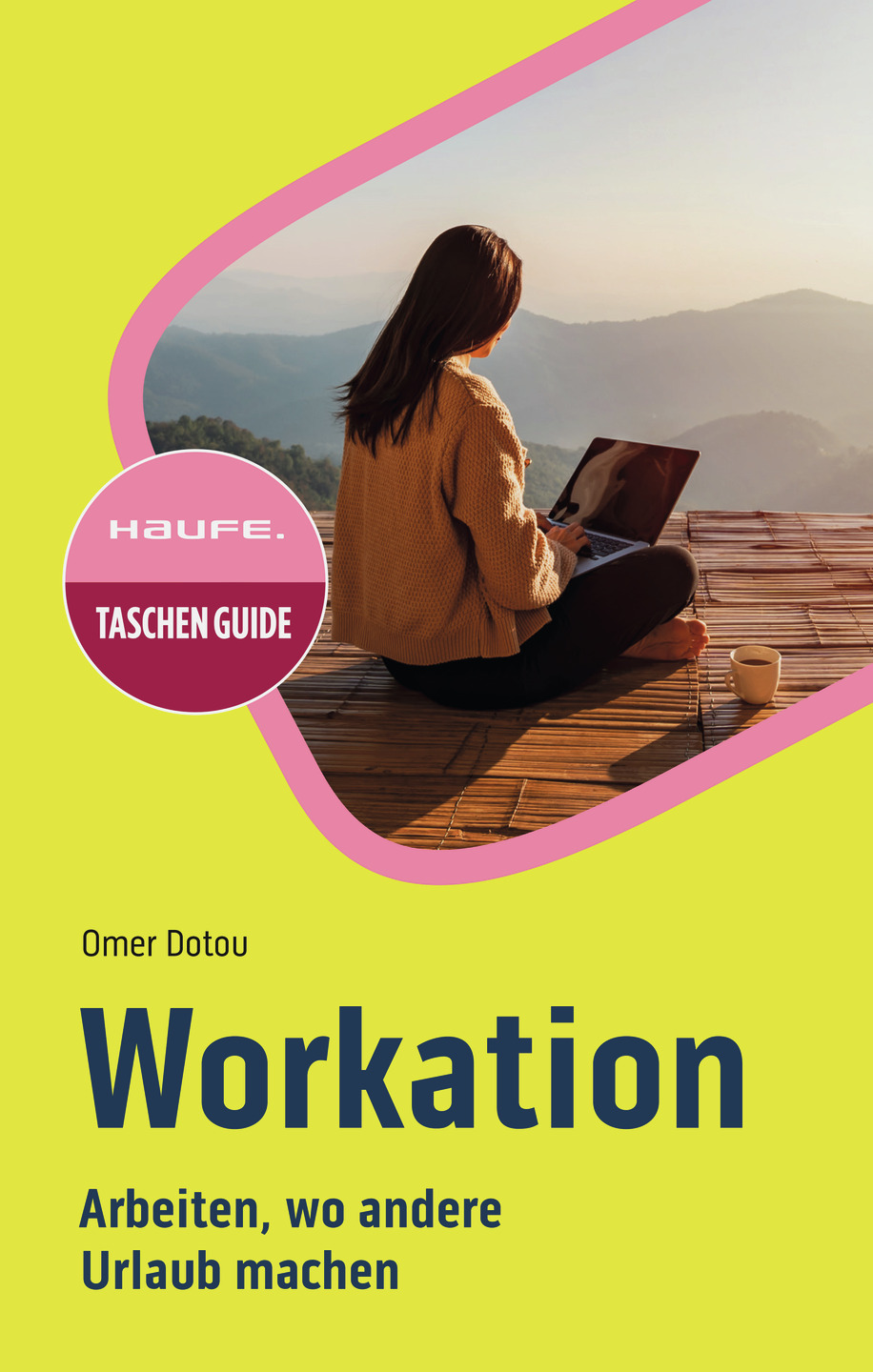
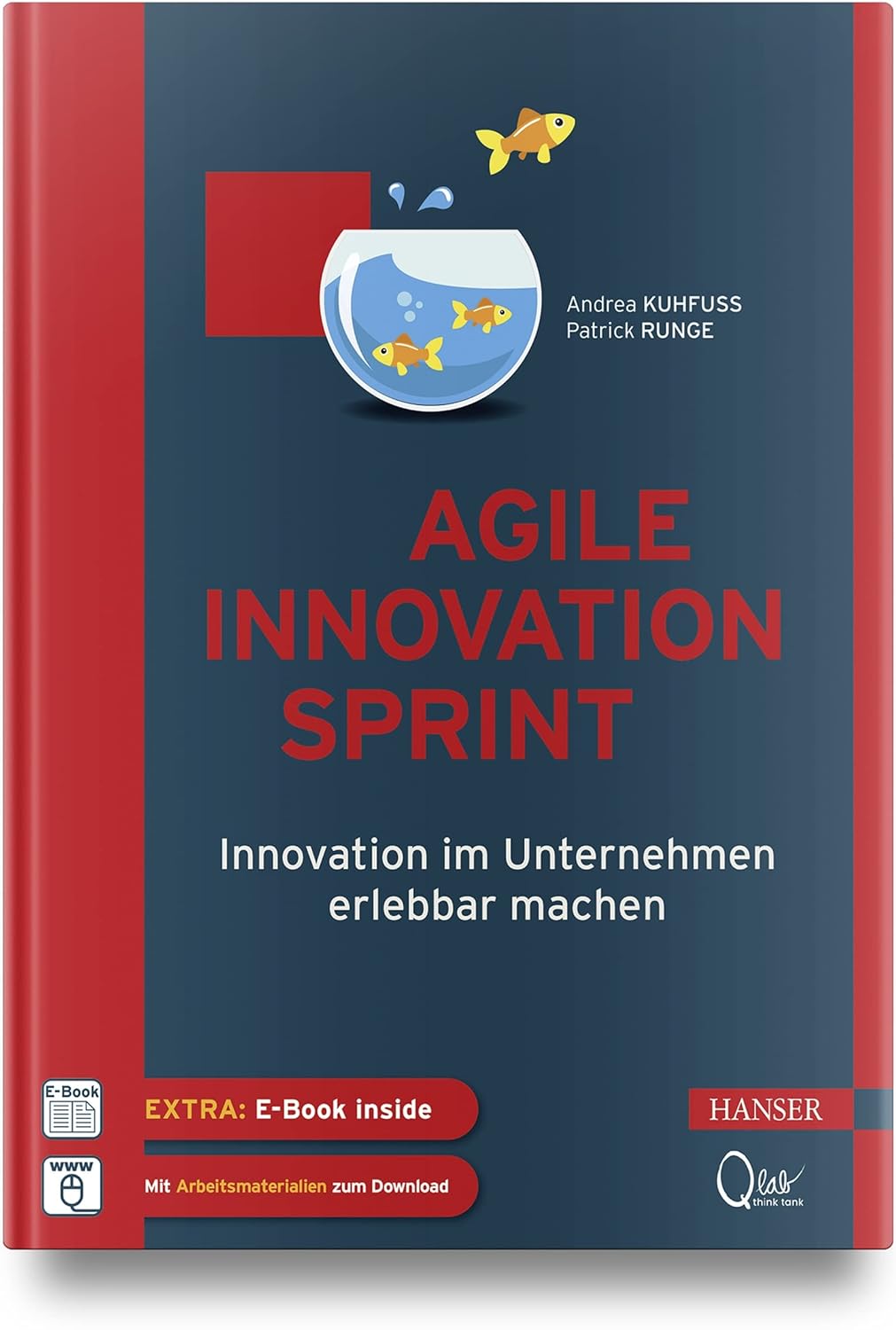
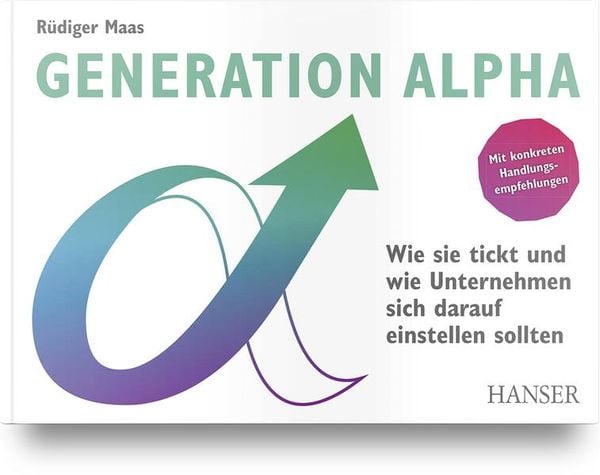

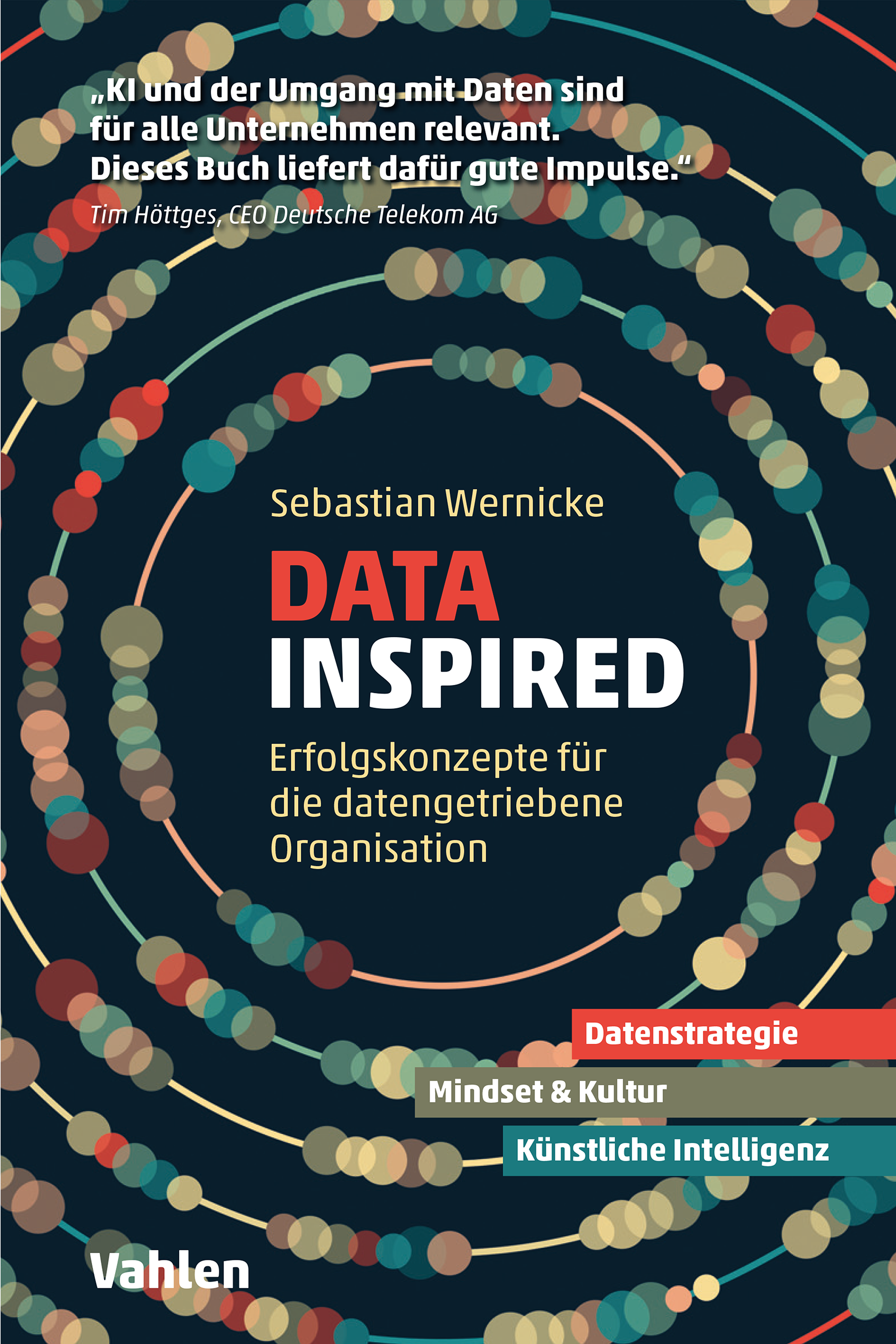
Leave A Comment